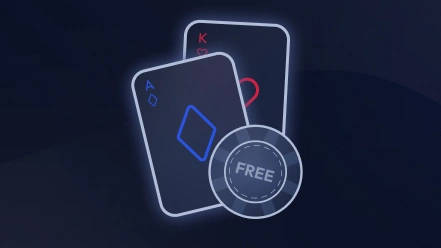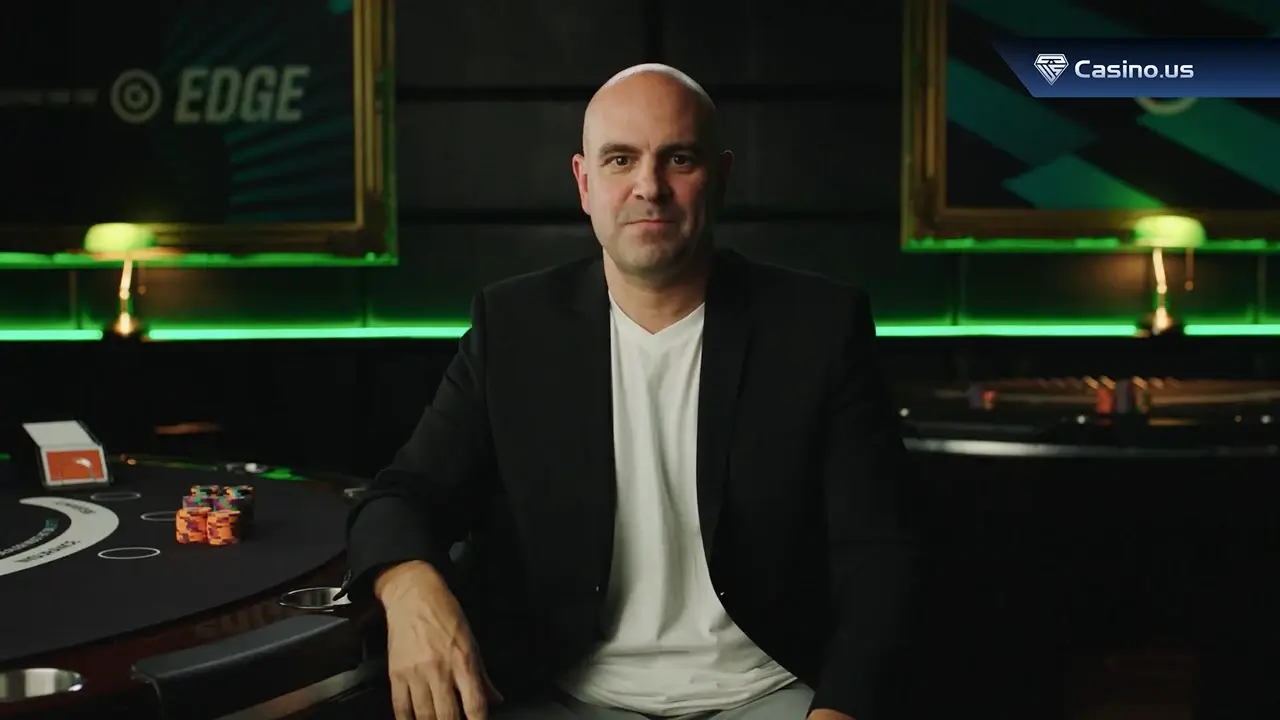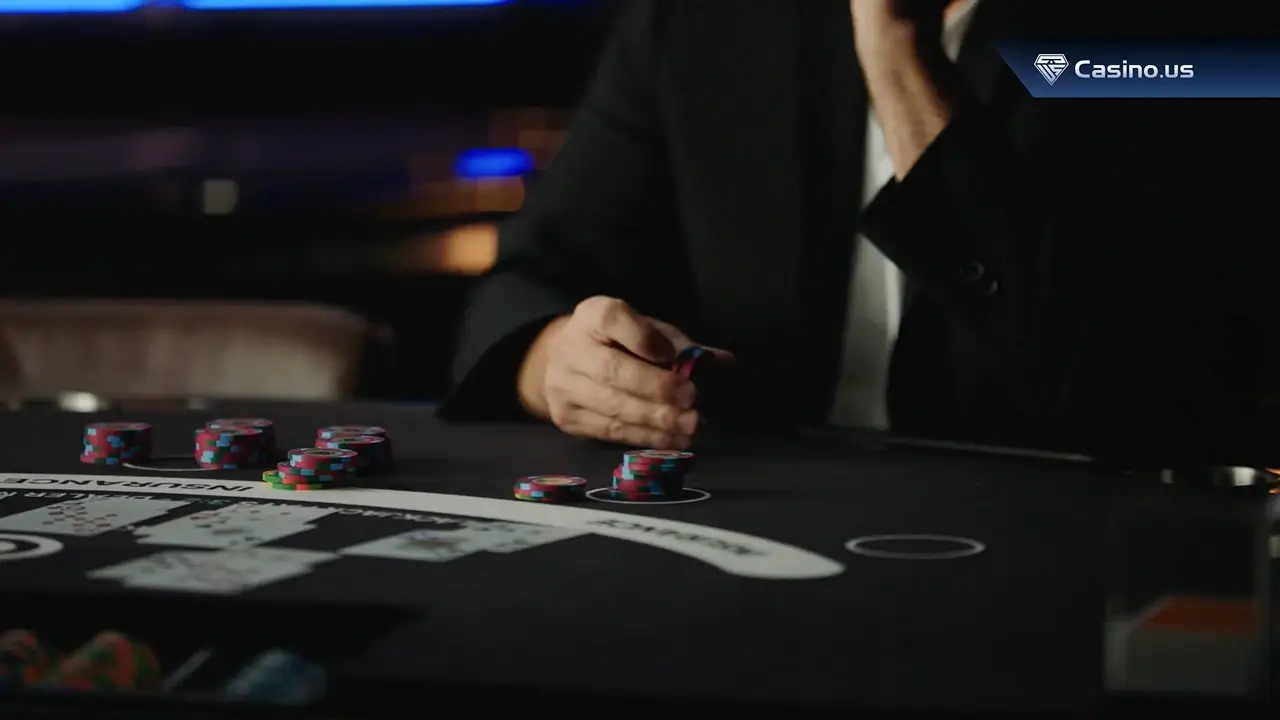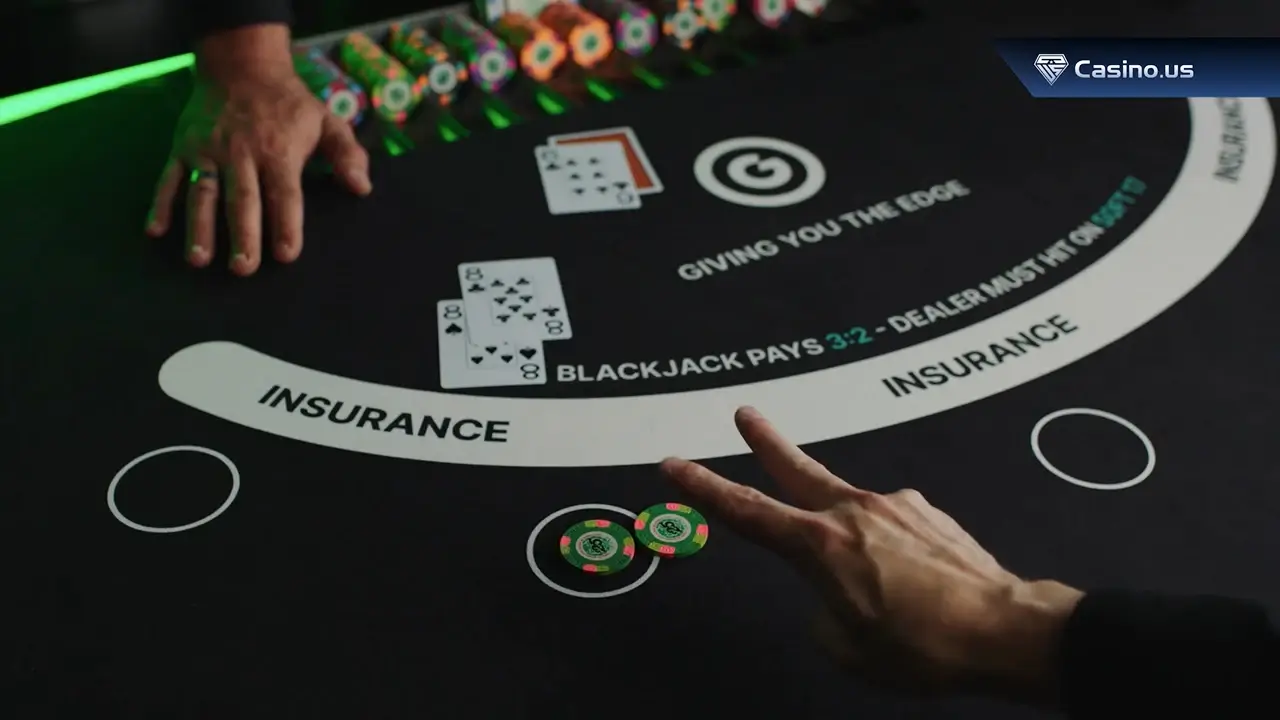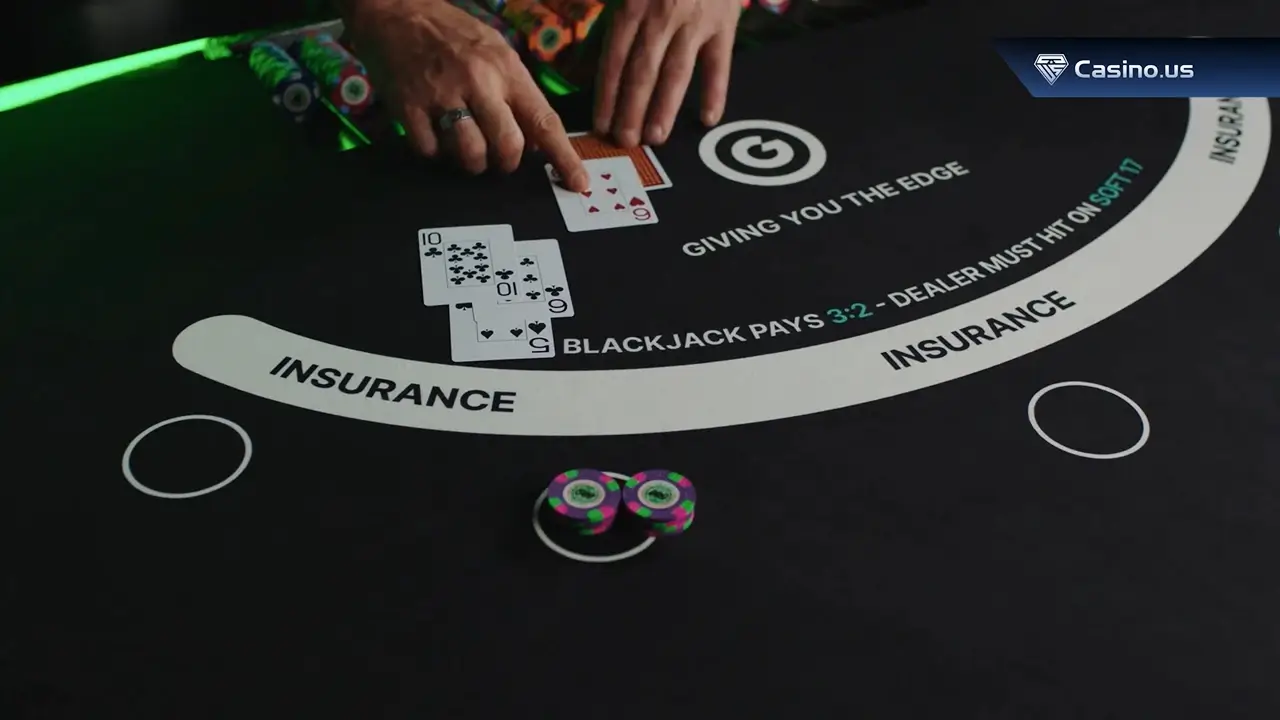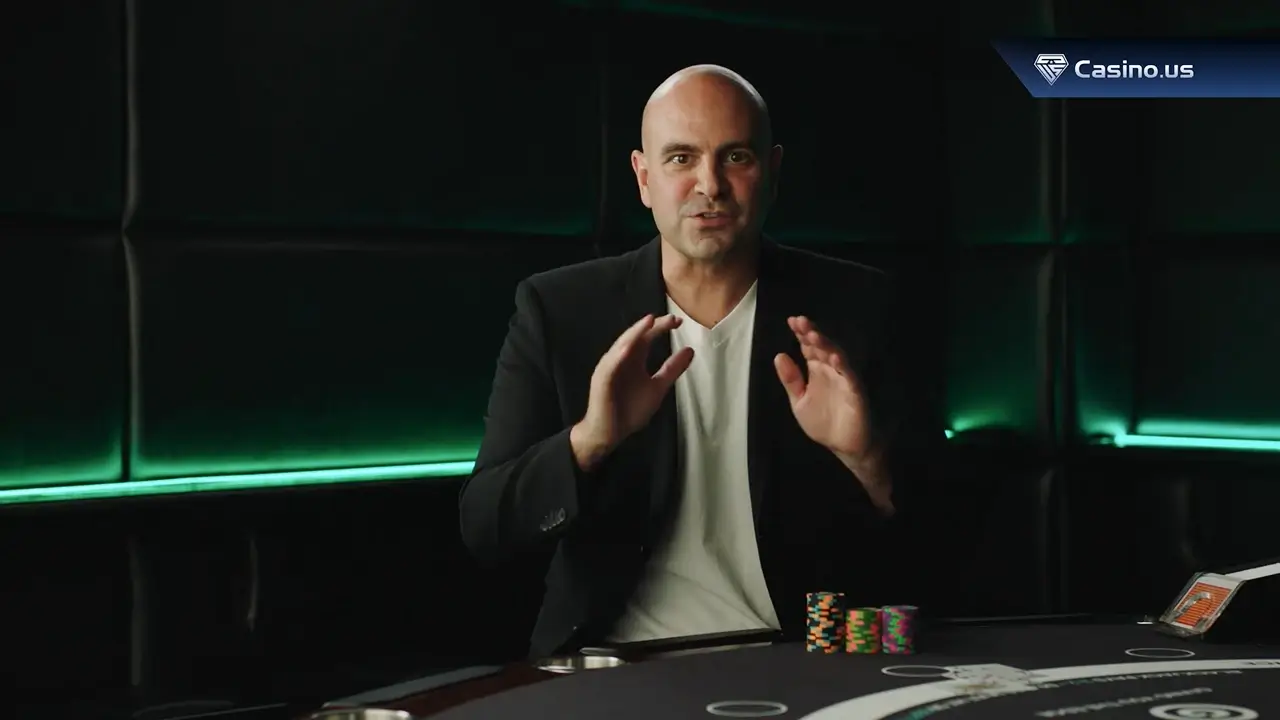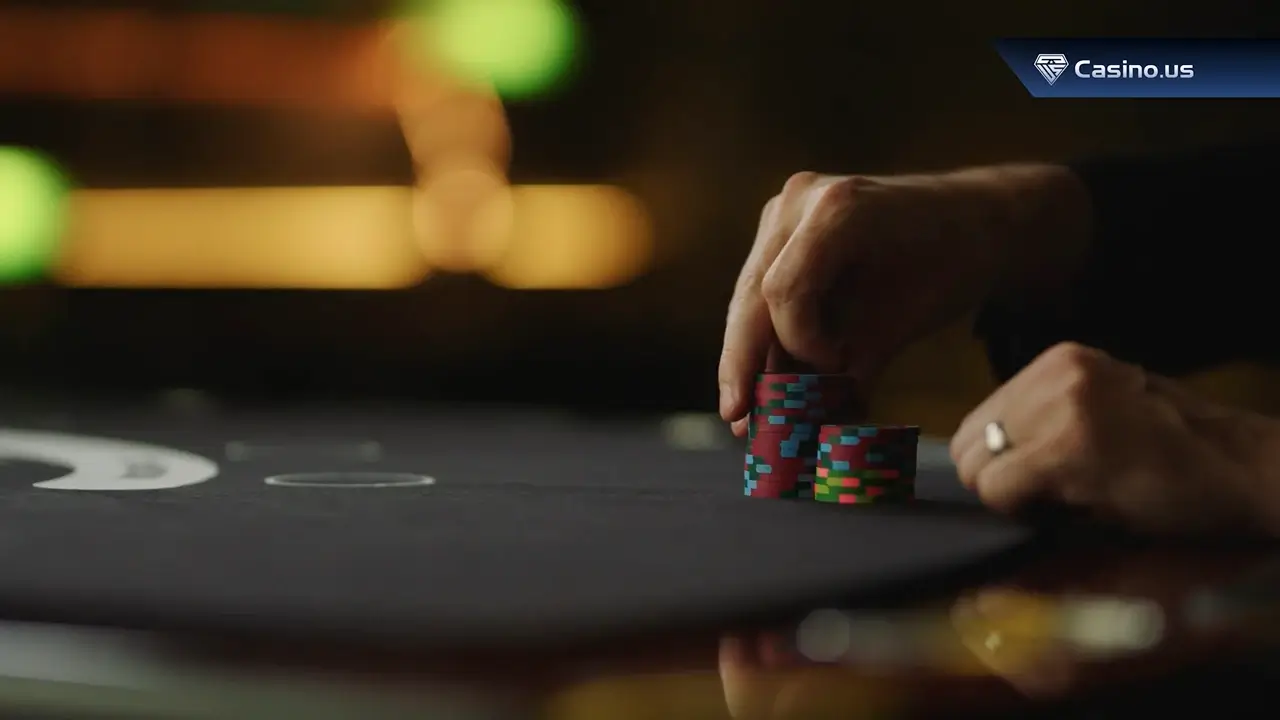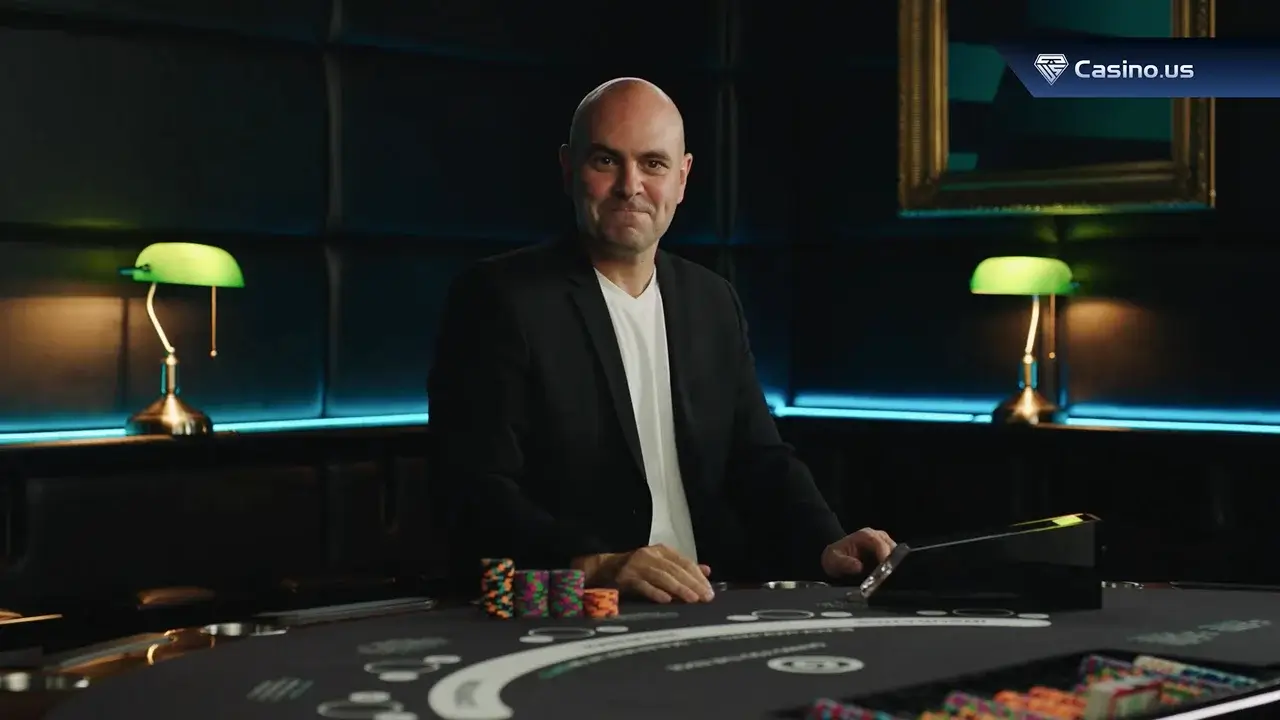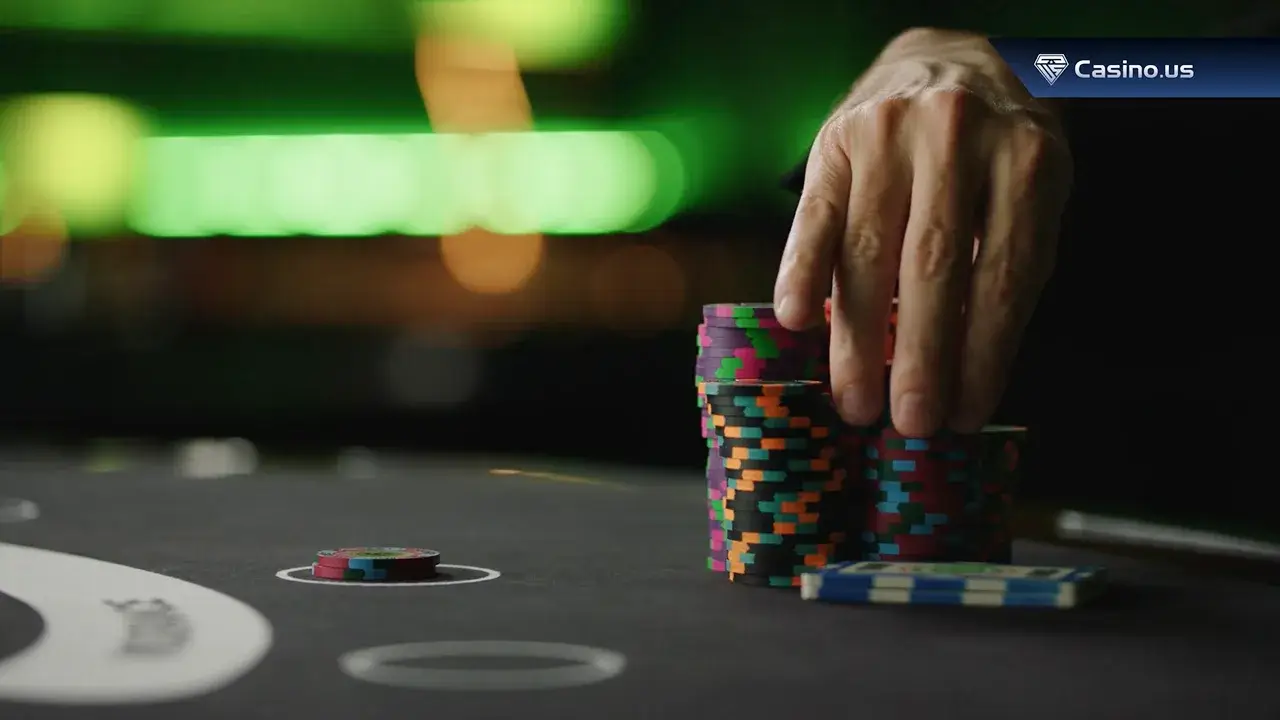Single Deck/Multi Deck Card Counting - How to Determine the True Count
Lesson description
Multiple decks in blackjack can skew the accuracy of your card counting and affect your bets. You can avoid these pitfalls, as Mr Blackjack shows, with the true count.
What this lesson covers
- How multiple decks affect card counting
- Difference between true count & running count
- How to adjust your bets to your advantage
Episodes
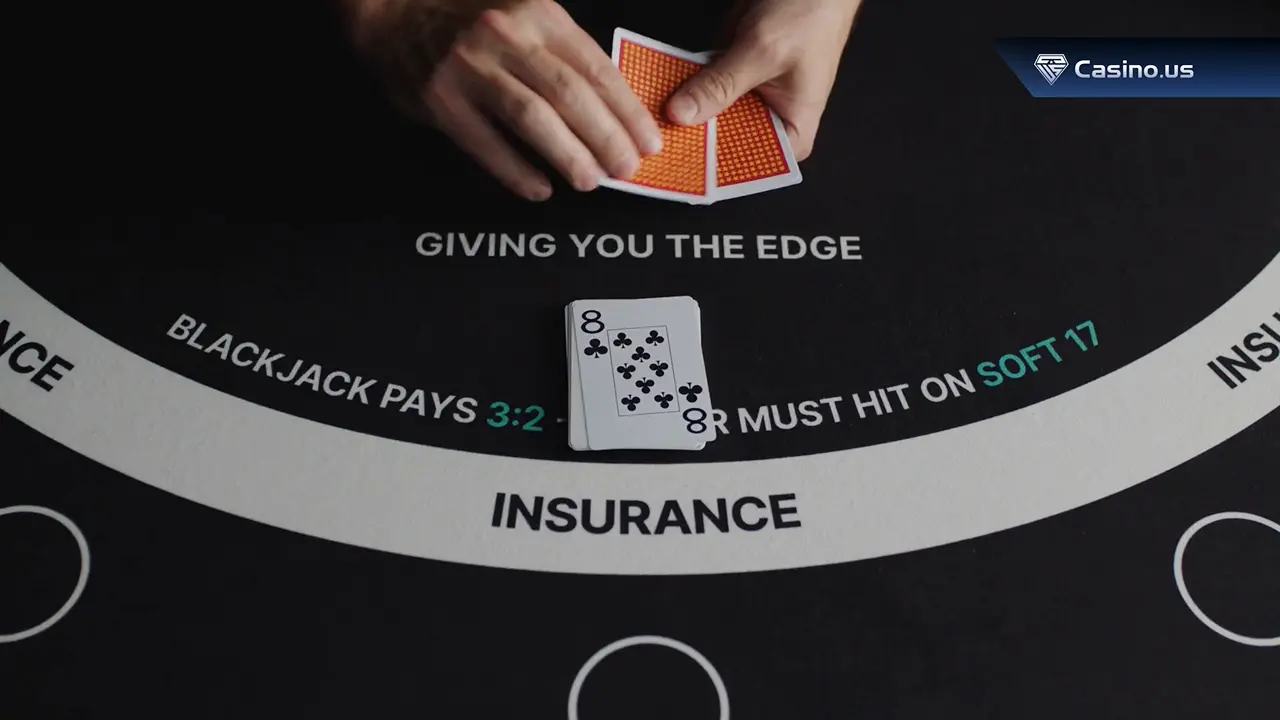
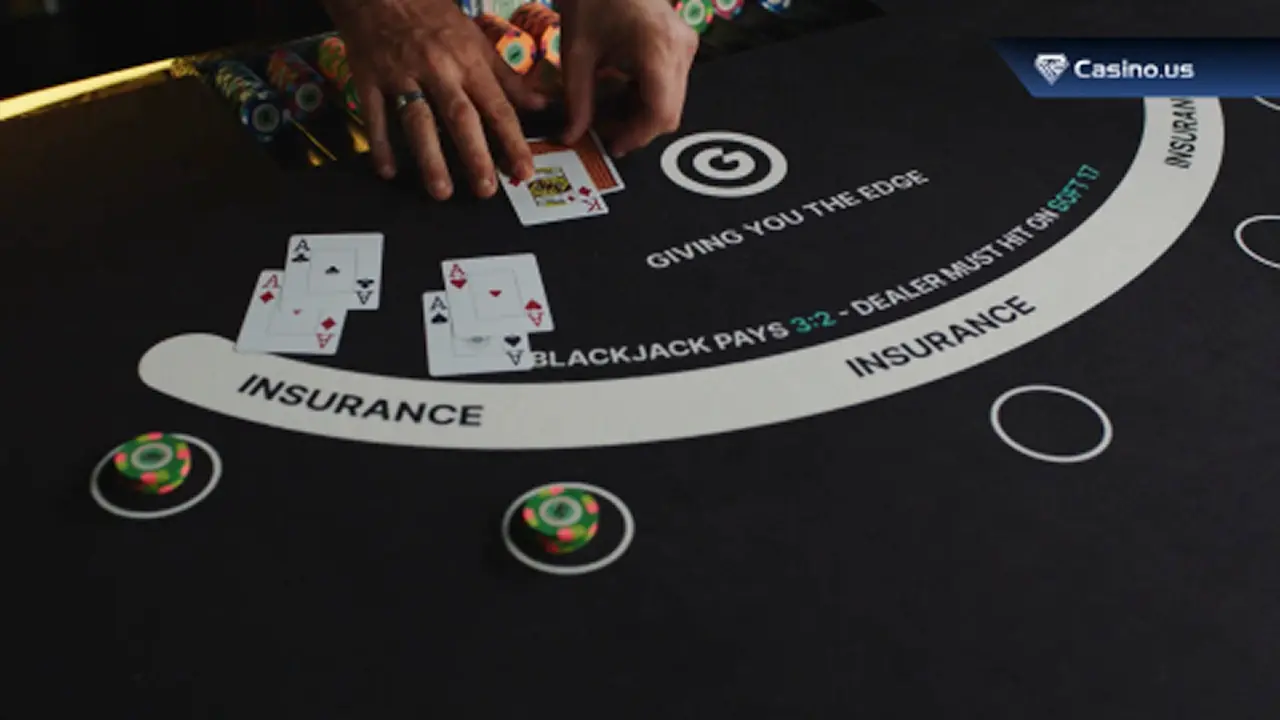
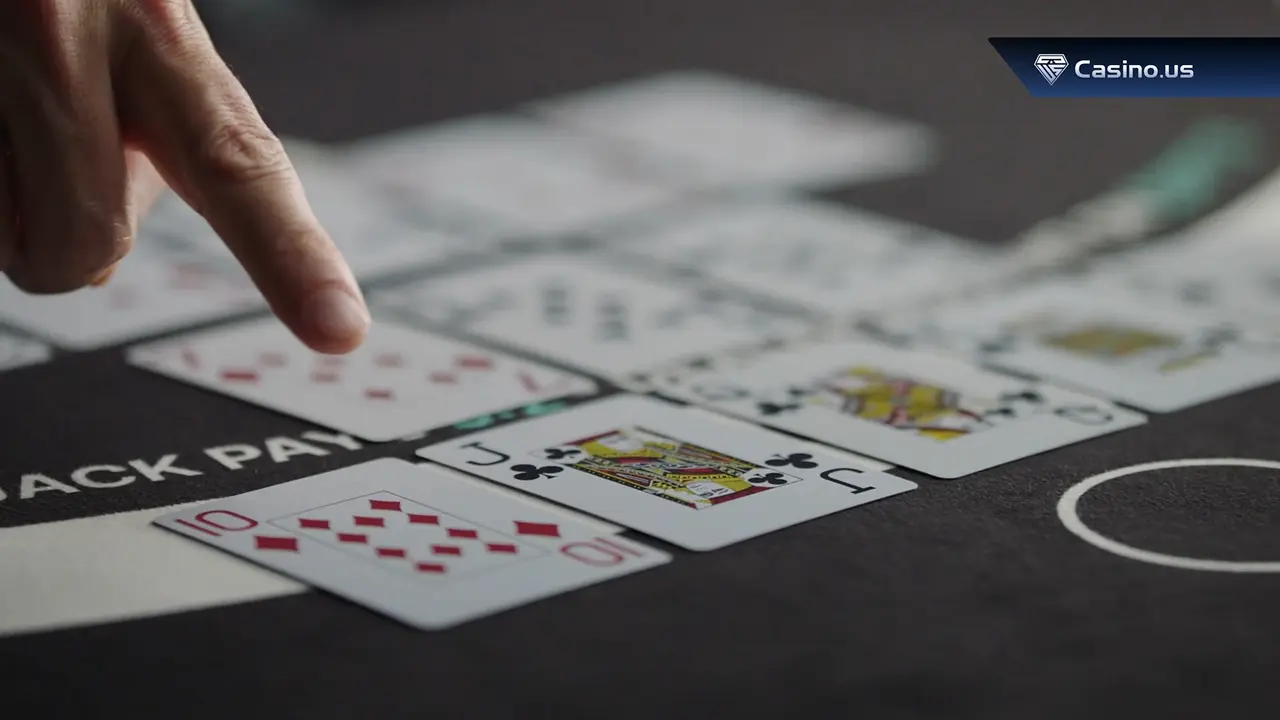

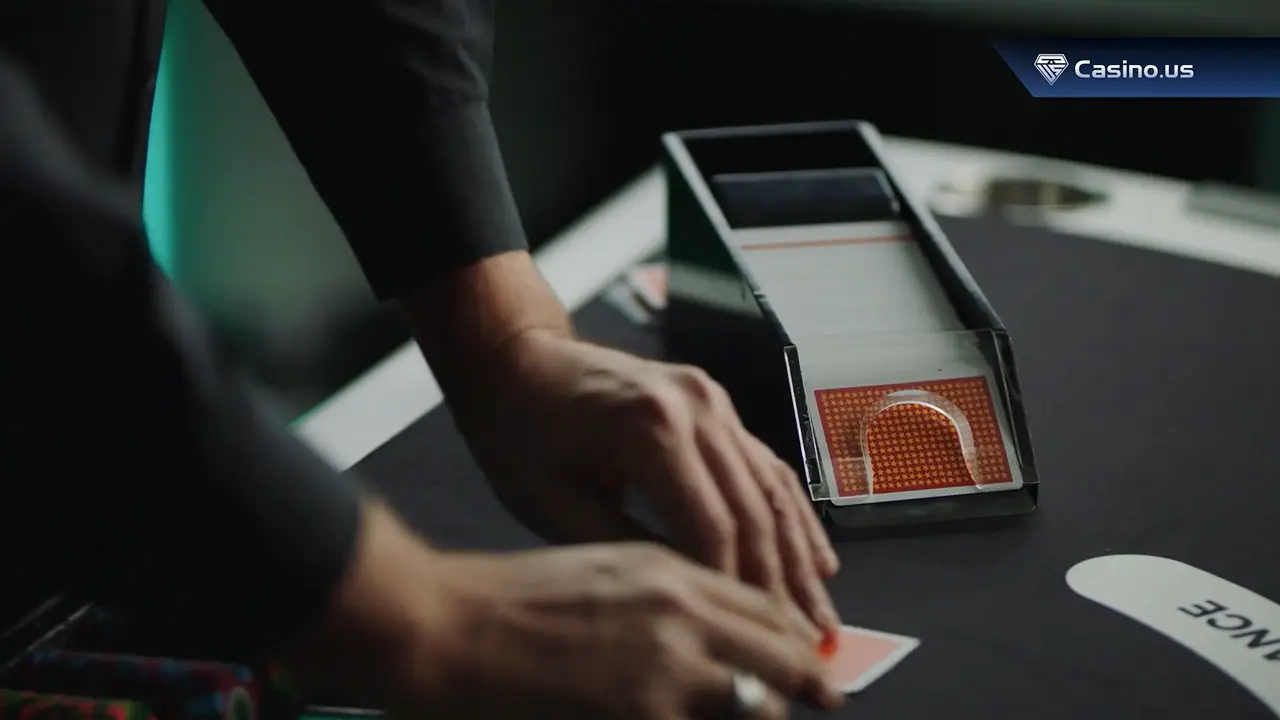
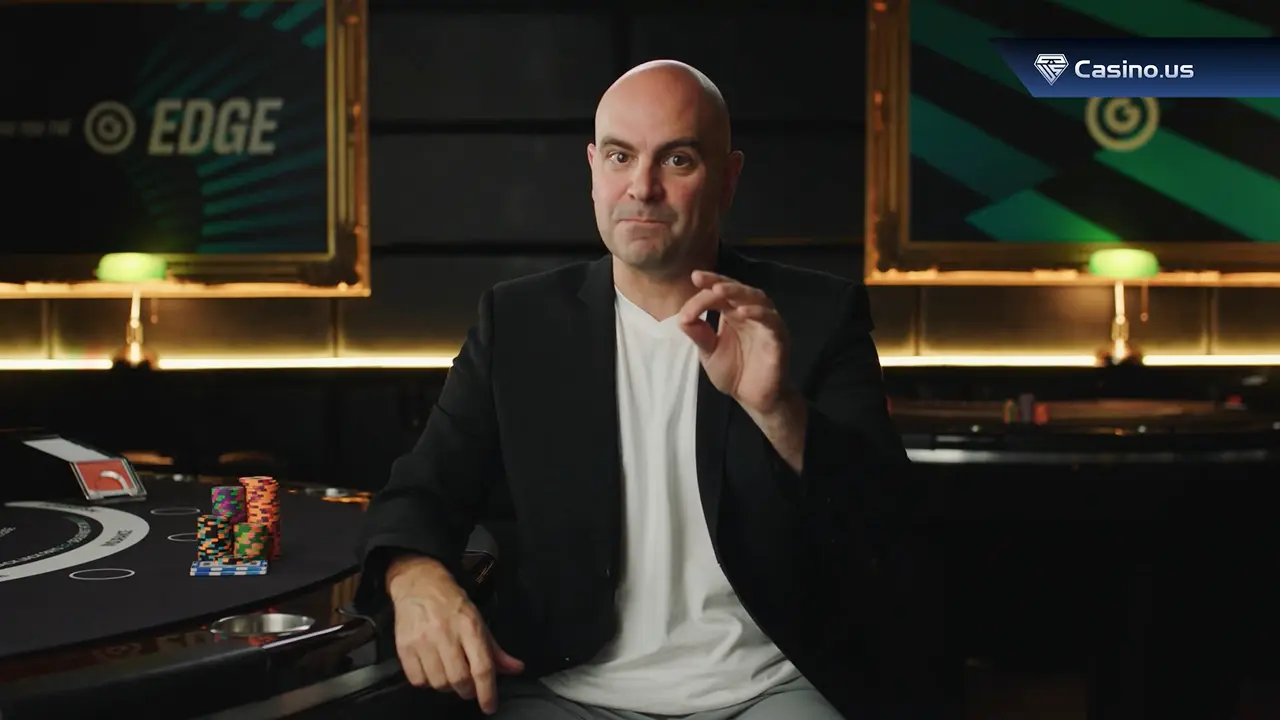
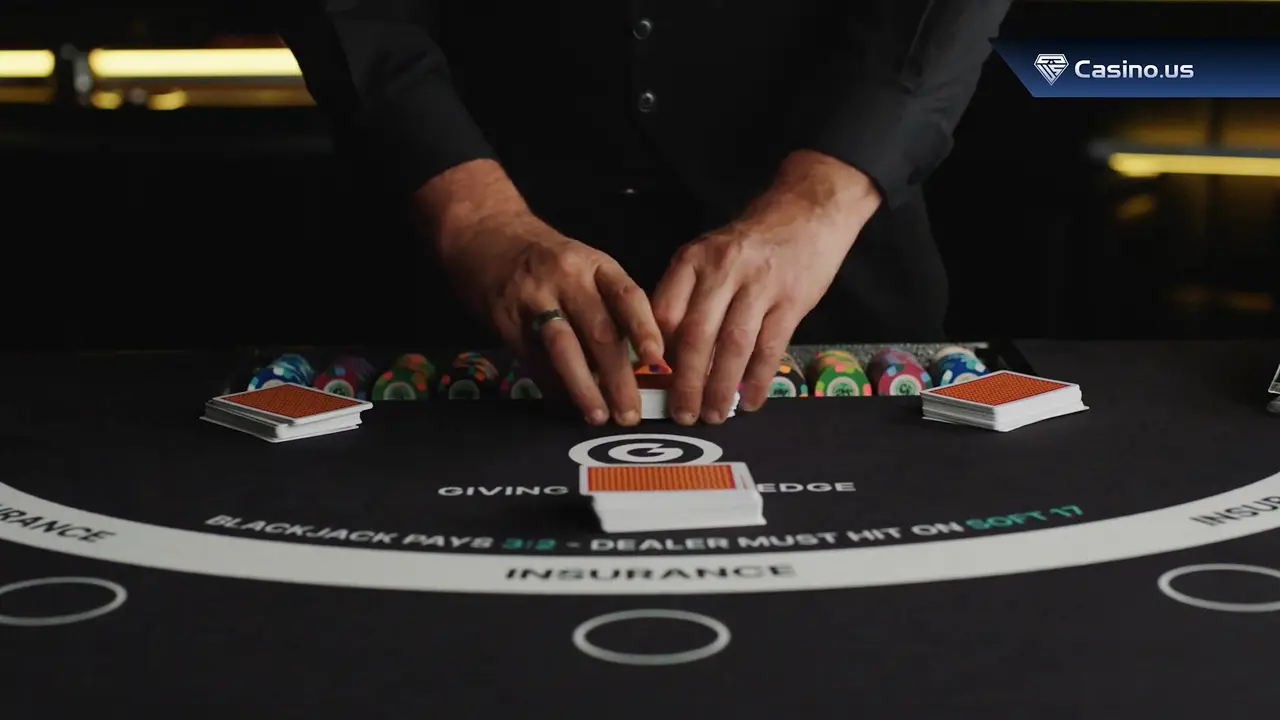
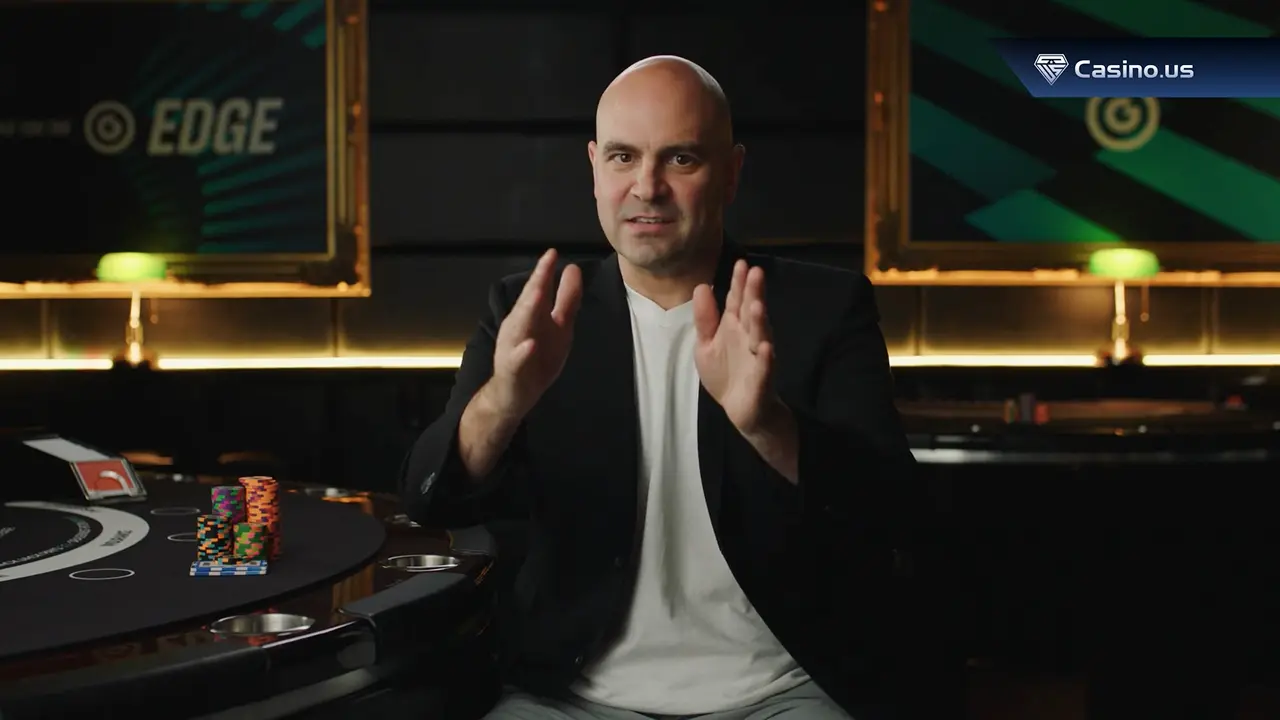
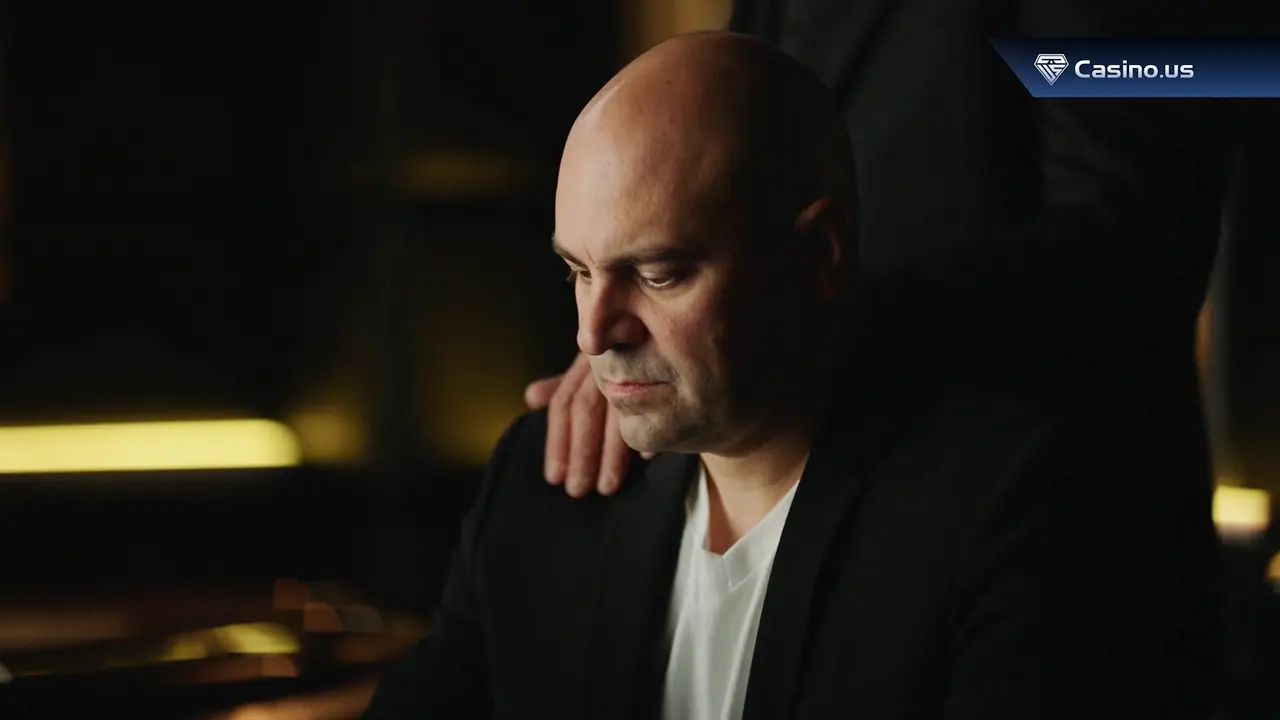
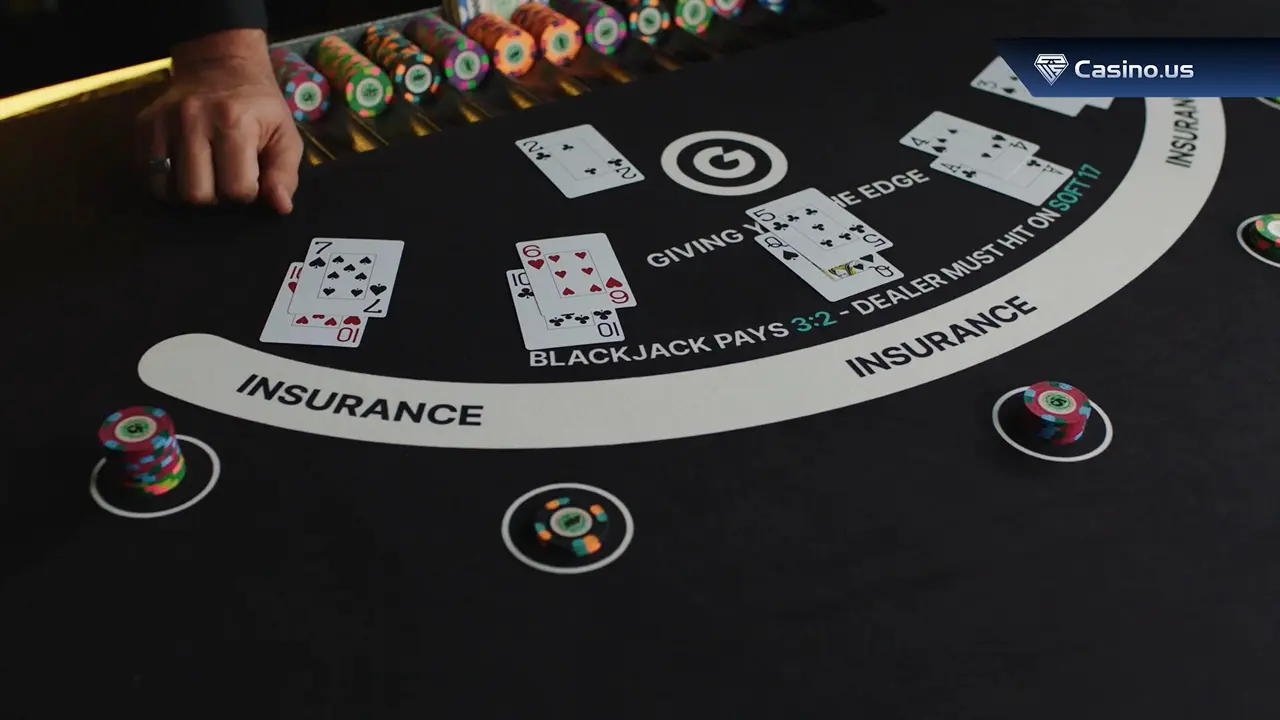
Want to learn more about Blackjack?
FAQs
What is the true count in blackjack?
The true count is the running count divided by the number of decks remaining in the shoe.
What is a ‘good’ true count?
+3 or higher is generally a ‘good’ true count because you have the advantage in the game and can greatly increase your bet size.
How do you bet on the true count in blackjack?
When the true count hits specific levels, you should proportionally increase your bet size to maximize your advantage. As our chart above shows, when the true count hits +2 you should bet 2 units, and when it reaches +4 you should wager 8 units. You can learn more about bet spreads in counting in lesson six, season six of Blackjack Academy.
What is a running count?
The running count is the sum value of the cards dealt in a blackjack game. This indicates your advantage. While you can use this metric in single deck blackjack games, you would need to divide the running count by the number of decks remaining in the shoe for multi-deck games to determine your advantage. This is called the true count.
Can I determine the true count if the dealer uses a Continuous Shuffling Machine (CSM)?
If a dealer uses a CSM, then the true count won’t give you an advantage. Card counting won’t help you at all in this scenario. Leave that blackjack game and find another table, ideally one where the dealer hand-shuffles the deck, as our how to win at blackjack guide explains.
How can I tell how many decks remain in the shoe?
Deck estimation is an important part of card counting in blackjack. While you can ask the dealer or other players how many decks the blackjack game has at first, it’s trickier when you enter a game mid-shoe. Many players memorize how 1-3 decks look in a shoe and afterward use the ‘empty space’ method. When half the cards are played in a shoe, focus on visualizing how many decks will take up the remaining space in the shoe.
What should I do if the game is halfway through a deck? Do I calculate to the nearest .5, round up, or round down?
If you’re a master at card counting, you can divide the true count by the nearest .5, i.e. 2.5 decks. For beginners though, we recommend rounding down to the nearest whole deck until you’re certain an entire deck of cards has been played.

